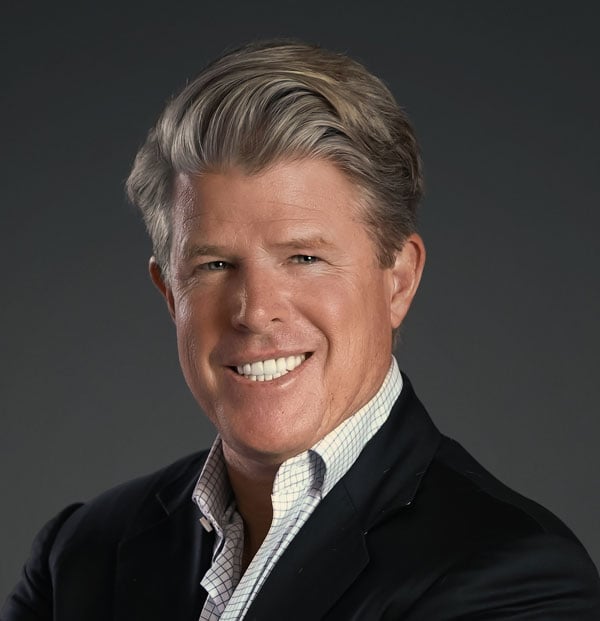Building relationships with public pension funds can be a difficult undertaking. The space is so broad, and contains so many decision makers at every level, from government organizations to outside consultants. This makes it tough to know who is managing public pension funds, or what they are currently invested in.
At Dakota, one of our core principles is to always know what to say and who to call on. But with so many layers of involvement, knowing who to call on at a public pension fund can feel impossible. This is because in many cases, the people making decisions at a pension don’t necessarily work there, like they might at other types of firms.
U.S. Pension funds rely on a combination of outside investment consulting firms and in-house investment committees to conduct due diligence on potential fund investments. Pensions often have multiple investment consultants specializing in different asset classes, i.e - Private Equity, Real Estate, Hedge Funds.
Our team has committed to cataloging these specific relationships both at the firm and field consultant levels to remove the complexity of approaching Public Pension funds, making it easier for you to access the people and information you need.
As we’ve continued to compile this information in our weekly Public Pensions Brief, we wanted to share some of the common themes that can be found among public pension fund investments. In this article, we’ll outline three key things you need to know about how public pension funds invest. By the end of the article, you’ll have the knowledge you need to get started accessing the public pension fund market.
1. Public pensions have specific manager requirements
While specific requirements can vary depending on the fund, there are a few similarities that hold true across the majority of public pension funds.
- A solid track record. Most funds prefer a manager that has been in the field for at least 3-5 years.
- Manager Size. Many public pensions funds require a manager to have a minimum of $500M in a specific strategy. Additionally, some pension funds have investor concentration limits (i.e it can’t make up too much of the total fund’s percentage).
- Team Continuity. Public pension funds tend to prefer senior executives and key employees who have worked together for years, rather than a team with a high rate of turnover.
- Diverse client base. Many larger plans want their managers to have other Public Pension clients in their portfolios. This helps ensure that you can understand the disclosure requirements.
2. You’ll need a clear picture of a pension fund’s historical and current investments
More insights into their history allows for a more tailored sales approach. At Dakota, we maintain detailed investment records for these Pension funds. We catalog current and historical fund manager relationships, asset class, commitment amounts, funding dates, and IRR among others, sortable by multiple fields, so that we always have a clear picture of a particular fund’s investment.
3. Public pension funds utilize emerging manager platforms and investment consultants
Knowing ahead of time if a fund is utilizing an emerging manager platform, an investment consultant, or both, can make building the relationship easier.
Does the plan have an Emerging Manager Platform?
This is a way to still get access to public pension capital if you don’t meet all necessary requirements. These platforms provide access for newer managers, and gives new and/or smaller managers a shot at managing money for pensions.
Which investment consultants does the plan utilize?
Who are the dedicated field consultants for the plan? How are manager due diligence responsibilities divided? Some public pensions outsource almost everything, which means that it doesn’t benefit you as a salesperson to reach out to a pension if they’re not making any in-house decisions.
How to bring it all together
It all boils down to two key things: know what to say, and know who to call on. Before you make a call or start doing outreach, you have to be sure that the fund you’re interested in allocates to and works with outside managers. Knowing this ahead of time will save your team time and effort.
Additionally, knowing what to say by having a clear picture of the fund’s historical investments will also ensure that you’re successful.
Start by doing your research. If you’re not sure where to start, Dakota’s Public Pension Fund Investment Brief is a great place to start, and offers weekly insight and takeaways from public pension fund monthly meetings. We parse out the key information from the meetings minutes and deliver it to your inbox every Monday, so you never have to spend valuable time researching.



